Investing in the Global Goals
It will take around $6 trillion every year to deliver the Sustainable Development Goals (SDGs) - a universal call to action to end poverty and protect the planet.
Investment in sustainable, climate resilient infrastructure is arguably the single best way to achieve the SDGs. The lion’s share of this is needed in developing countries.
We are currently only meeting around half of the SDG funding requirements. There is a multi-trillion-dollar gap every year which the public sector cannot fill by itself.
The good news is that investing in the SDGs makes business sense for investors. The Business Commission estimates a $12 trillion economic opportunity a year for the private sector over the next 10 to 15 years.
But we need to see even more rapid growth in infrastructure investment - which today makes up less than 1% of institutional investor portfolios. Targeting $1 trillion in green bond issuances by 2020 will be instrumental to get this to happen.
But infrastructure (both equity and debt) can be a difficult asset class for investors – especially in developing countries. Mitigating certain investor risks by "blending" public and private capital can help.
blended finance
Blended finance is the use of development capital to mobilise additional private finance for SDG related investments.
Blending may be one of the most important ways to "tip the scales", making assets like sustainable infrastructure in emerging markets "investable" by largescale, mainstream capital.
There are already some good examples of blended finance at work. Instruments like guarantees, insurance, currency hedging, technical assistance grants and first loss capital from development agencies, development banks and forward-leaning foundations are crowding in commercial investment for developing countries.
Clean energy, healthcare, urban resilience and sustainable land-use (sectors which are often critically undercapitalised) can all benefit.
We need to see investment in these assets grow dramatically. To do so, we need to scale the blended finance market as a matter of urgency.
why isn't capital flowing
Despite growing momentum, there are barriers which prevent the blended finance market from scaling.
These barriers affect different actors in the market, but combine to limit flows of private investment for SDG-related assets, especially in developing countries.
Investors are hampered by regulatory restrictions and face a range of asset-specific risks related to their infrastructure asset exposure. They also lack reliable data on the performance of such assets in emerging markets to guide their investment decisions
Development banks do not have strong enough incentives or business models to focus on maximising private capital mobilisation for the projects they support. The multilaterals currently mobilise less than $1 of private capital for every development dollar they invest across their total portfolios. The bilaterals need to increase mobilisation ratios as well as do developed countries, who need to crowd in more private capital for every dollar spent on development.
Developing country governments often lack the policy and institutional mechanisms to attract long-term capital and develop bankable project pipelines. In particular they need to develop blended finance institutions, which can link policies to sectoral strategies, investment plans and sustainability standards.
Above all, having the right policies and enabling environment will provide the biggest multiplier in terms of attracting private capital to invest in emerging markets infrastructure.
Development banks are not only the main blenders of capital, but they are critical to strengthen policy on ground. But it also requires strong political leadership, the right legal framework and transparent policies to make it easier for the private sector to do business. This takes time, and the challenge is urgent.
getting to scale
No amount of blended finance can make up for a poor investment environment, but accelerating its use will play an outsized role in mobilising private investors for the SDGs (along with a push for the right policy and regulatory improvements).
Tackling just one part of the financial system or one set of actors will not do the job. It will not turn the billions of development capital into trillions of commercial investment flows.
What we need is a comprehensive, coordinated plan of attack – one which profoundly integrates the voice of investor alongside the development community.

